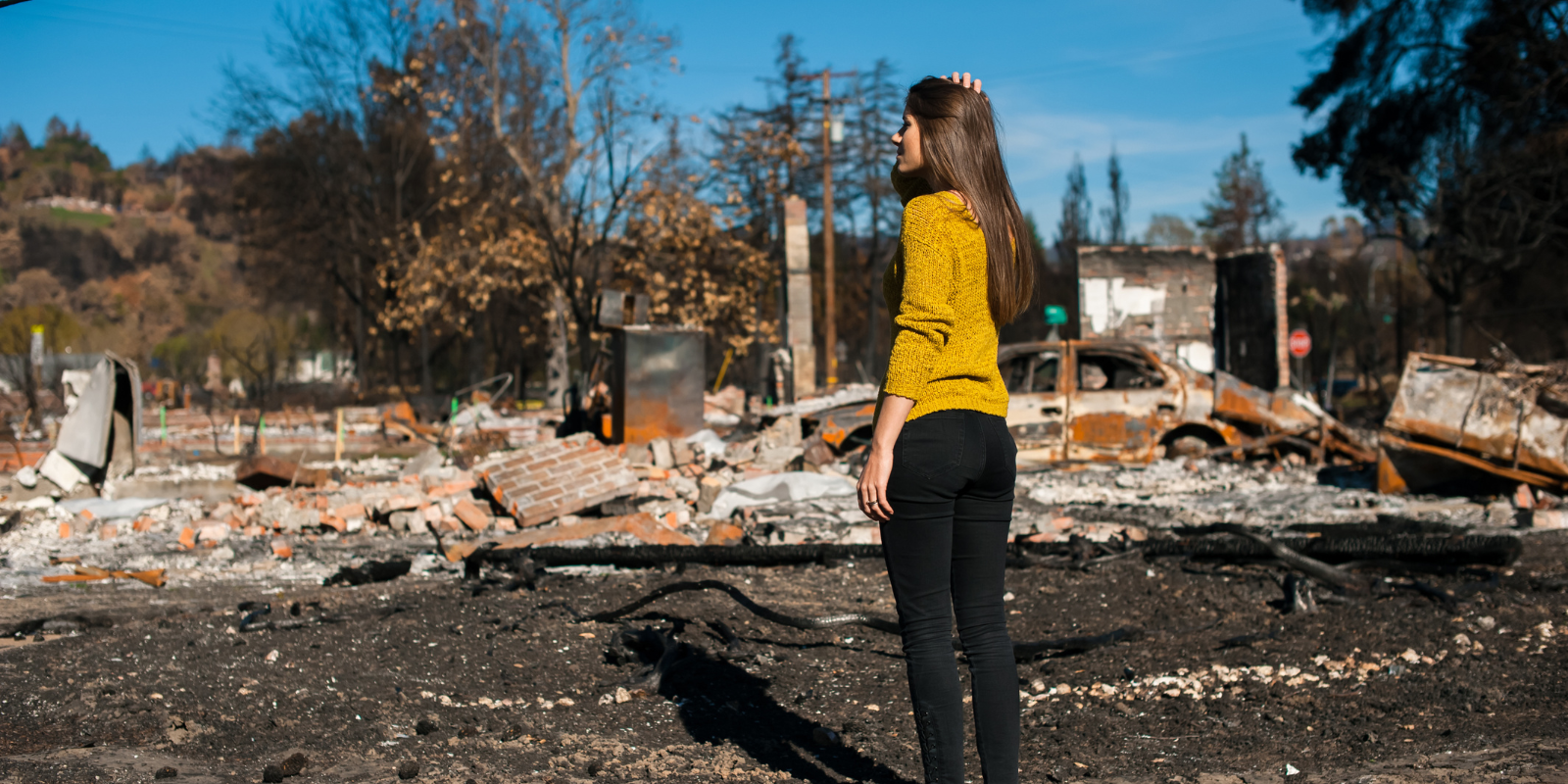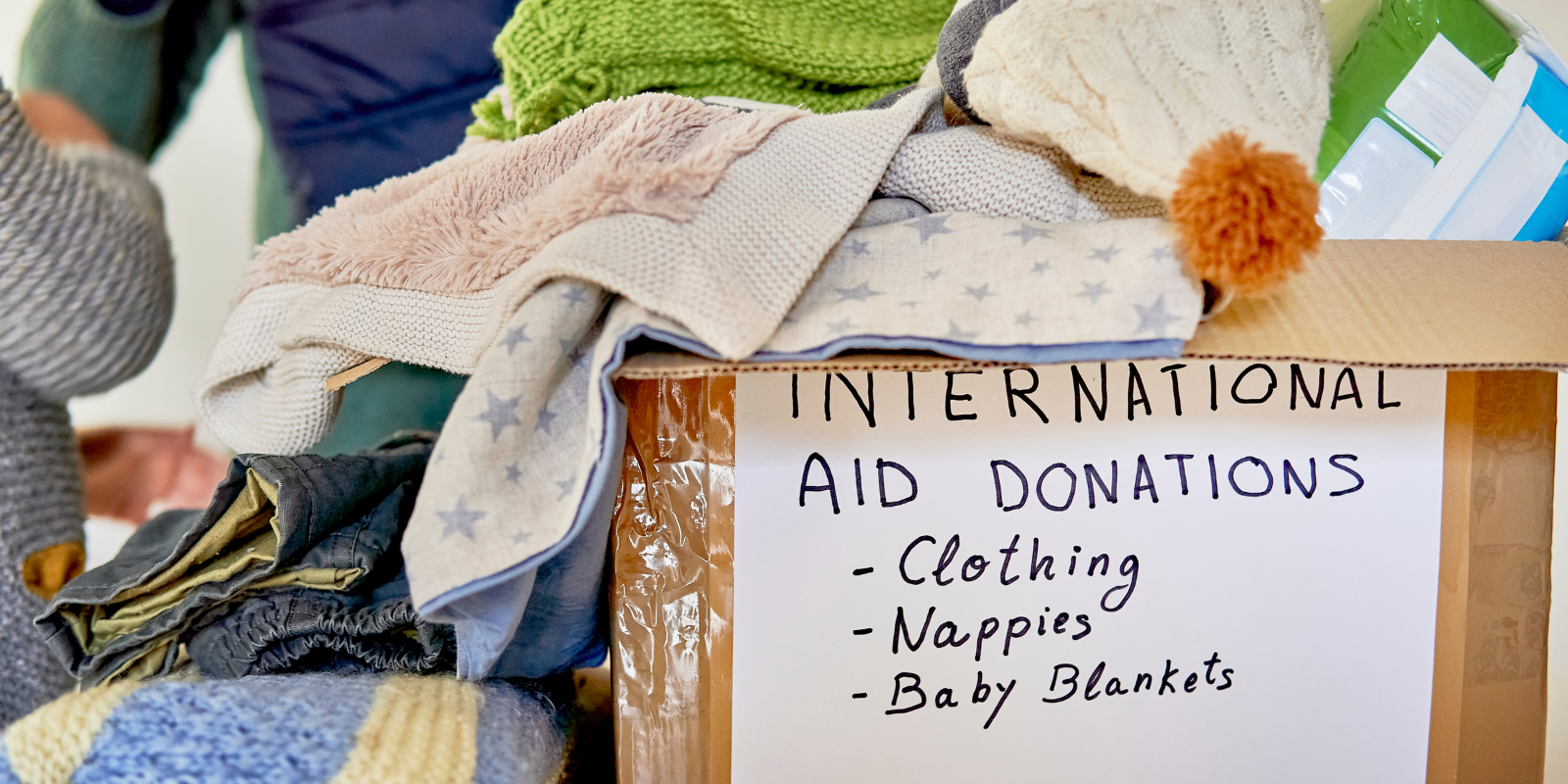
How To Help Natural Disaster Victims For Speedy Recovery
By: 911 Water Damage Experts
Natural disasters, from ravaging hurricanes to crippling earthquakes, bring unprecedented destruction in their wake.
Beyond the immediate devastation, these catastrophic events profoundly impact lives, leaving countless individuals disoriented, injured, or homeless.
In such dire circumstances, collective efforts can significantly help mitigate the suffering.
This guide sheds light on how individuals and organizations can come forward and make a tangible difference.
Understanding the Impact
Before diving into the specifics, it’s vital to understand the profound implications of natural disasters:
Physical Damage: Infrastructure, homes, and public facilities often bear the brunt of the disaster.
Economic Strain: Local economies can be hit hard, with loss of livelihoods and businesses.
Health Concerns: Lack of clean water, food, and medical facilities can lead to widespread health issues.
Psychological Aftermath: The trauma of experiencing a natural disaster can have lasting psychological effects.
Immediate Ways to Help
Financial Donations: Often, the quickest way to provide assistance:
-Emergency Response Funds: Organizations like the Red Cross, UNICEF, World Food Programme, Doctors Without Borders, Global Giving, Direct Relief, CARE, Save The Children, Oxfam International, and ShelterBox have funds dedicated to immediate relief efforts.
-Community Funds: Local organizations often set up funds to help affected communities directly.
Providing Essentials:
-Non-perishable Food: Items like canned goods, rice, and cereals.
-Clean Water: Bottled water, purification tablets, and portable filters.
-Clothing: Especially warm clothing, blankets, and rain gear.
-Medical Supplies: First-aid kits, over-the-counter medicines, and sanitary products.
Offering Shelter:
-Opening Your Home: Platforms like Airbnb often have programs where hosts can offer their homes for free to disaster victims.
-Supporting Temporary Housing Initiatives: Donate to organizations setting up tent cities or rehabilitating public spaces into shelters.
Leveraging Skills and Expertise
Not all help requires monetary involvement. Often, your skills can make a significant impact:
-Medical Assistance: Health professionals can volunteer through organizations or local clinics to address injuries and health concerns.
-Counseling and Psychological Support: Therapists and counselors can offer sessions to victims, helping them cope with trauma.
-Reconstruction Efforts: Engineers, architects, and skilled laborers can contribute to rebuilding homes and public structures.
Raising Awareness and Advocacy
-Harness Social Media: Use platforms to share verified information, amplify calls for help, and direct resources where they’re needed most.
-Engage in Community Initiatives: Organize fundraisers, awareness events, or drives to collect essentials.
-Advocate for Policy Changes: Push for robust disaster management policies and infrastructure improvements in vulnerable areas.
Intriguing Stats on Natural Disasters and Assistance
-In the last decade, natural disasters have affected over 3 billion people worldwide.
-Approximately $3.3 trillion has been lost globally due to natural disasters since the 1900s.
-For every dollar spent on disaster risk reduction, $7 are saved in disaster aftermath.
-After the 2010 Haiti earthquake, international donors pledged $10 billion for reconstruction, showcasing global solidarity.
-According to UN reports, over 90% of deaths associated with natural disasters occur in developing countries, emphasizing the disparity in infrastructure and emergency response.
Long-term Assistance and Rehabilitation
Immediate relief is just the first step. Victims require sustained support:
-Educational Support: Help children by providing educational materials, sponsoring school fees, or rebuilding schools.
-Skill Training: Equip adults with new skills, especially if their livelihoods have been destroyed.
-Infrastructure Development: Contribute to or invest in long-term infrastructure projects to rebuild the affected areas.
Top 10 Deadliest Natural Disasters in History
-1556 Shaanxi Earthquake, China: Estimated to have killed approximately 830,000 people, this is the deadliest earthquake on record.
-1931 China Floods: A series of floods, primarily from the Yangtze River, claimed around 1-4 million lives.
-2004 Indian Ocean Tsunami: Triggered by an undersea earthquake off the coast of Sumatra, the tsunami killed over 230,000 across 14 countries.
-1815 Mount Tambora Eruption, Indonesia: The most powerful eruption in recorded history, it resulted in the deaths of around 71,000 people and led to the “Year Without a Summer.”
-1970 Bhola Cyclone, Bangladesh: Striking East Pakistan (now Bangladesh), it caused the deaths of an estimated 300,000 to 500,000 people.
-2010 Haiti Earthquake: This catastrophic magnitude 7.0 Mw earthquake resulted in over 160,000 deaths.
-1920 Haiyuan Earthquake, China: Approximately 273,400 lives were lost in this magnitude 7.8 earthquake.
-1839 India Cyclone: An estimated 300,000 individuals lost their lives in the port city of Coringa, Andhra Pradesh.
-1557 Cali, Colombia Landslides: The combination of an earthquake followed by landslides killed an estimated 240,000.
-1138 Aleppo Earthquake, Syria: With a death toll of around 230,000, it’s one of the deadliest earthquakes in history.
Most Vulnerable People During Natural Disasters
-Elderly individuals often have reduced mobility, making evacuation difficult.
-Children, especially those unaccompanied, are at high risk during and after disasters.
-People with disabilities may face barriers to accessing information, warnings, and evacuation procedures.
-Pregnant women require specific care that might not be readily available during emergencies.
-Homeless individuals often lack access to early warning systems or safe shelters.
-Economically disadvantaged populations often live in areas prone to natural disasters and lack resources to evacuate or rebuild.
Top 10 Safety Tips During a Natural Disaster
- Stay Informed: Always have a battery-operated radio to receive updates and instructions.
- Create an Emergency Kit: Stock up on essentials like water, non-perishable food, medications, flashlights, and batteries.
- Develop a Family Emergency Plan: Ensure all members know evacuation routes and safe meet-up points.
- Avoid Floodwaters: Even shallow waters can be dangerous; avoid driving or walking through them.
- Stay Indoors During Earthquakes: Get under sturdy furniture and stay away from windows.
- Know Safe Zones in Tornados: Basements or small interior rooms on the ground floor are safest.
- Evacuate Early in Tsunamis: If you feel an earthquake or receive a warning, move to higher ground immediately.
- Avoid Downed Power Lines: Treat all downed lines as if they are live.
- Stay Away from Affected Buildings: Post-disaster, structures may be unstable; keep a safe distance.
- Always Listen to Authorities: Evacuate when told, follow routes given, and only return when it’s declared safe.
Top 10 FAQs About Natural Disasters
- What’s the difference between a natural disaster and a natural hazard?
- A hazard is a potential event, while a disaster is when the hazard negatively impacts human populations.
- How can communities prepare for natural disasters?
- Through early warning systems, building codes, evacuation plans, and public education.
- Are natural disasters increasing in frequency?
- While some events seem more frequent, it’s often our increased proximity to vulnerable areas that raises risk.
- How do natural disasters impact the economy?
- They can disrupt trade, reduce productivity, lead to job losses, and require significant resources for recovery.
- What role does climate change play in natural disasters?
- It can intensify certain disasters, especially meteorological ones like cyclones or floods.
- Can natural disasters be predicted?
- While precise prediction is challenging, many disasters have early warning signs.
- Why do people live in disaster-prone areas?
- Economic, historical, or cultural reasons often anchor communities to high-risk areas.
- How do disasters impact mental health?
- Trauma, loss, and displacement can lead to anxiety, depression, PTSD, and other disorders.
- What’s the role of international agencies during disasters?
- They provide aid, resources, expertise, and coordination in relief efforts.
- How can I help after a disaster?
Conclusion
While the ferocity of nature can be overwhelming, human resilience, kindness, and collaborative effort often shine the brightest in the face of adversity.
Through informed choices, dedicated initiatives, and a commitment to the long haul, each one of us can play a role in lifting communities out of the aftermath of natural disasters, steering them towards recovery and hope.
If you have any questions about our article, “How To Help Natural Disaster Victims For Speedy Recovery” or need help with emergency disaster cleanup and restoration, call us at 1-833-WE-DRY-IT or chat with us on LiveChat and social media.


